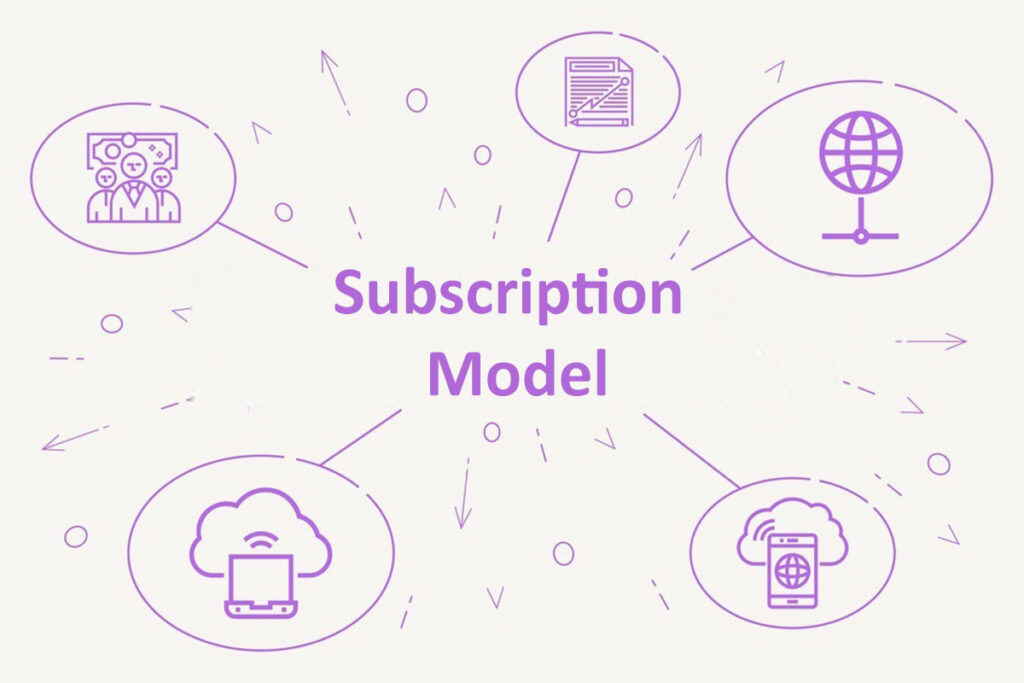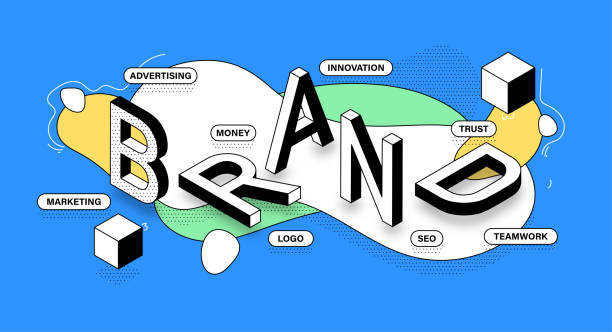The Rise of Subscription Models: Why Every Business Wants You on a Monthly Plan
Not long ago, if you wanted something, you bought it once and that was it. A movie? You paid for a DVD. The gym? You bought an annual pass. Software? A one-time license.
But today, the world runs on subscriptions. From Netflix and Spotify to food boxes, razors, and car services, everyone wants you on a monthly plan.
Why? Because subscription models aren’t just trendy, they’re powerful. They’ve changed how businesses operate, how they make money, and how they grow. But what’s really behind this transformation? And why are so many companies moving in?
Let’s talk about the rise of subscription models: Why every business wants you on a monthly plan.
Predictable Revenue = Peace of Mind
For businesses, the biggest benefit of a subscription model is recurring revenue. Instead of constantly chasing new customers every month, they can rely on regular payments from their current users.
This makes it easier to:
- Plan a budget
- Forecast growth
- Safe investments
- Stay alive during slow seasons
It’s no wonder investors love subscription-based startups. The numbers are stable, and the long-term value of each customer is greater. It helps both sides, the customer gets their money’s worth and the business gets sales
Subscriptions Keep You Hooked

Let’s be honest, subscriptions are sticky. Once a customer signs up, they rarely cancel right away. Sometimes, they forget they’re still paying, it’s autopay for you
And that’s by design.
Smart businesses make it easy enough to sign up but hard enough to cancel. They bundle features, offer perks, or create FOMO (fear of missing out) through exclusive deals. All of this makes you subscribe for longer than you expected.
Small Payments Feel Lighter
Would you pay $120 upfront for a tool? Probably not. But $10/month? That seems manageable. Subscription pricing makes expensive products cheaper. It breaks up a big expense into smaller chunks. And for customers, it’s more comfortable, even if they end up paying more in the long run.
Businesses know this. They set subscription prices at that “sweet spot” where it’s too small to worry about, but over time it adds up and you don’t even realize it.
Data, Data, and More Data
When you’re a subscriber, companies learn a lot about you:
- What you watch
- When you log in
- What features you use
- What you ignore
This data helps businesses improve their products, upsell you, and keep you engaged. Subscription models create an ongoing relationship, which means more opportunities to learn and earn. It also helps them know what to add in the future and which features or shows are their stars so they can put more effort into promoting them.
From Products to Services
Another shift? Many businesses are moving from one-time products to ongoing services.
Think of Adobe. It used to sell Photoshop for a few hundred dollars. Now? It charges a monthly fee for Adobe Creative Cloud.
Think of Peloton. It doesn’t just sell bikes, it sells a fitness experience through a monthly subscription.
Even toothbrush companies now offer refills as a service. It’s no longer just about selling things, it’s about keeping customers.
Is It All Good?
For businesses? Mostly yes.
But for consumers, subscription fatigue is real. We’re drowning in monthly fees:
- Netflix
- Amazon Prime
- Spotify
- Canva
- Dropbox
- Gym
- Meditation app
- Meal kit
- Newsletter
- You name it
At some point, we stop considering value and start considering price.
Conclusion : Subscription Models Are Here to Stay
Like it or not, subscriptions aren’t going anywhere. They give businesses stability, power, and the potential for growth. And for consumers, they provide convenience and access.
But the best subscription businesses understand one thing: you can’t just annoy people, you have to keep delivering real value.
Those who treat it as a relationship, not a trap, will win.
Those who get greedy? Cancel.
You may also like: What No One Tells You About Growing a Business







